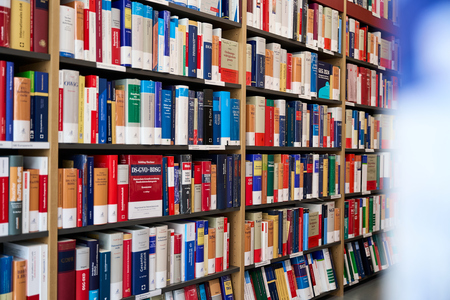Pharaoh Alexander the Great
Huber, Traugott
Produktnummer:
18a85ab973e485435d80b19382bee5570a
| Autor: | Huber, Traugott |
|---|---|
| Themengebiete: | Alexander the Great Casta Hill Dynasties 32 and 33 of Egypt The Alexander Sarcophagus Tomb of Pharaoh Alexander |
| Veröffentlichungsdatum: | 19.02.2019 |
| EAN: | 9783748140658 |
| Auflage: | 1 |
| Sprache: | Englisch |
| Seitenzahl: | 288 |
| Produktart: | Kartoniert / Broschiert |
| Verlag: | BoD – Books on Demand |
| Untertitel: | his Tomb, his Sarcophagus, and his Mummy |
Produktinformationen "Pharaoh Alexander the Great"
The most famous Pharaoh of Ancient Egypt was arguably one of the last kings of km.t Egypt. He bears a name known to every child. Under Pharaoh Alexander, Egypt reached its widest extension and was afforded more protection than ever before. His Golden Horus name characterises Alexander as the ruler of all the sun encircles and the strong bull who protects Egypt. Alexander the Great gave birth to a new Dynasty, the 32nd of Ancient Egypt. Alexandria, the leading city of the known world in the 3rd and 2nd century BC, was founded. But what remains of Pharaoh Alexander? Where is his tomb? Where is his sarcophagus? Where is his mummy? The key to the answers is reusing. We recycle paper. We reuse iron. In the 17th century Spaniards recycled Inca-gold. In the late 4th century, Christians repurposed Pagan temples. Why should Phoenicians, Macedonians, and Egyptians not have reused the outstanding artefacts of Alexander the Great? Historical, archaeological, and artistic evidence is presented for two of the most intriguing artefacts of Alexander the Great. Both are still readily accessible and can be admired by any traveller. Both artefacts were reused in the late 4th respectively in the mid-3rd century BC. This reuse fogged their identification and led to misinterpretations. One artefact of the greatest conqueror of the Ancient World was discovered more than 130 years ago, the other has been known of for more than 50 years. In both cases, layers of accretions obscured the identity of their owner. Even worse, renowned scholars attribute these artefacts to the person who reused them. These artefacts are: Alexander's monumental Tomb and his unparalleled Sarcophagus. It will be further revealed that Alexander was subsequently entombed at three Egyptian localities and that his body rested in two further sarcophagi. Some scholars suggest that also the third, and most personal artefact of Alexander the Great, was reused in the 4th century AD, namely his mummified Body. Does archaeological or historical evidence support the veneration of Alexanders mummy as Saint Mark in Venice or near Alexander's Temple in the Bahariya Oasis in Egypt? Or, is Alexander's body still in existence under the Alabaster Tomb or in the Soma of Alexandria? A testimony to this last question is available in written form for more than 1600 years but was overlooked. Thereby, the identity of the builder of "Alexander's" Temple at Bahariya Oasis and the identity of "Saint Mark" at Venice will be revealed.

Sie möchten lieber vor Ort einkaufen?
Sie haben Fragen zu diesem oder anderen Produkten oder möchten einfach gerne analog im Laden stöbern? Wir sind gerne für Sie da und beraten Sie auch telefonisch.
Juristische Fachbuchhandlung
Georg Blendl
Parcellistraße 5 (Maxburg)
8033 München
Montag - Freitag: 8:15 -18 Uhr
Samstags geschlossen
